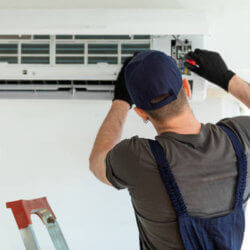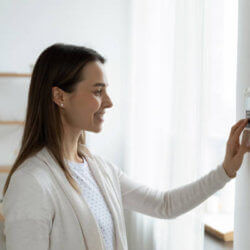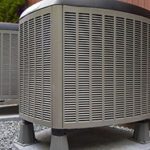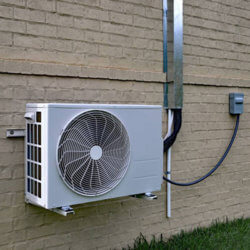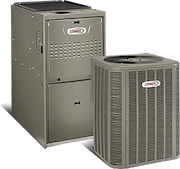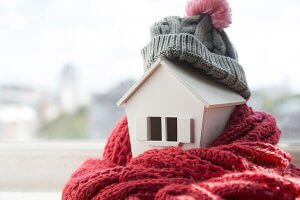
Taking steps to winterize your home can really help keep down your heating bills. It is also a good way to avoid headaches like dangerous ice dams forming on your roof, and even furnace breakdowns. So, take some time before the worst cold this season to winterize your home. There are a lot of things you can do to winterize your home yourself, including fixing air leaks and insulating your windows, but other tasks should be left to your professional heating & air conditioning service team. Let us start with what you can do on your own.
What You Can Do to Winterize Your Home
The good news is that there is a lot you can do yourself to winterize your home effectively. As you likely know, insulation is key to keeping warm in the winter.
- Check your insulation – The first thing you will want to do is check your home’s insulation and add insulation at key points where cold air might enter. Insulating your windows with storm windows or a clear plastic window insulation kit is one of the most iconic ways to winterize your home, and it works well to reduce heating costs and drafts in the home. You should also check your attic insulation, however, and add more if you can see the tops of the joists.
- Check for air leaks – Similar to gaps in your insulation, air leaks can let in cold air and they can also put strain on your furnace and HVAC system by interrupting proper air flow in your home. Check your duct work for air leaks as well parts of the house like windows and doors. Finding and fixing these leaks is a great way to help winterize your home.
- Reverse ceiling fans – You can also prepare for winter by reversing the spin on your ceiling fans. By changing the direction of rotation to clockwise you can use your fans to push hot air down, helping it reach you and your family, while pulling cold air up and out of the home.
- Check your carbon monoxide detector – Finally, this last tip is not really about a way to winterize your home, but you should check your carbon monoxide detector before winter as well, and monthly if possible. This is the season where furnaces and other appliances are more likely to cause a carbon monoxide leak in the home, so keep your family safe by checking your CO detector regularly.
Calling in a Professional

In addition to these DIY tips, it can be a good idea to get a professional to help winterize your home. In particular, getting your HVAC system inspected before the coldest parts of winter can help prevent big breakdowns when you really need your heat. It can also help you save money. A professional cleaning and inspection goes a long way towards keeping your HVAC system in good working order and improving energy efficiency. Starting the winter with a clean system and fresh air filters can significantly reduce your heating bills over the course of the season.
Get More Information About Winterizing Your Home
To really effectively winterize your home, take care of what you can on your own, and then get in touch with our St. Louis area heating & air conditioning professionals for a full cleaning and inspection before the season ends.



